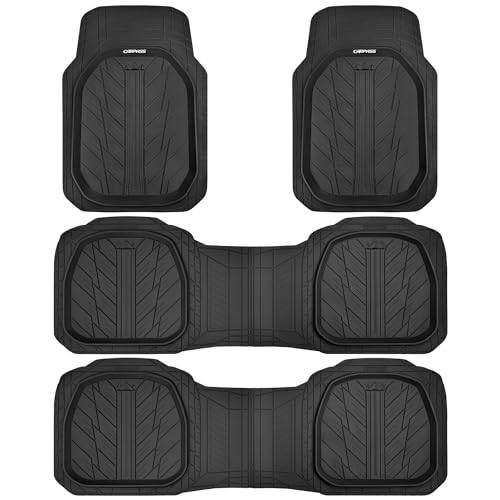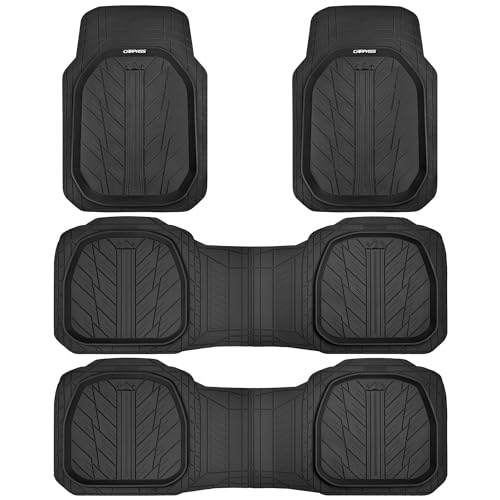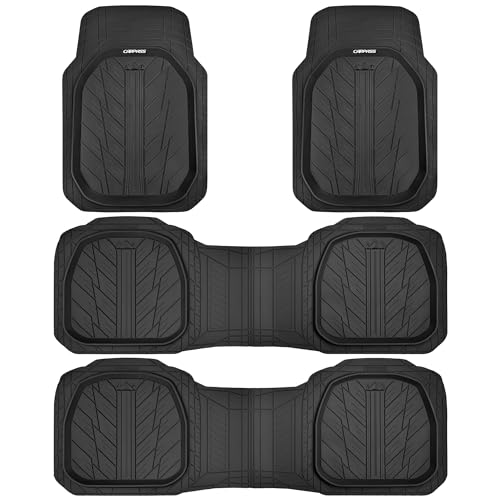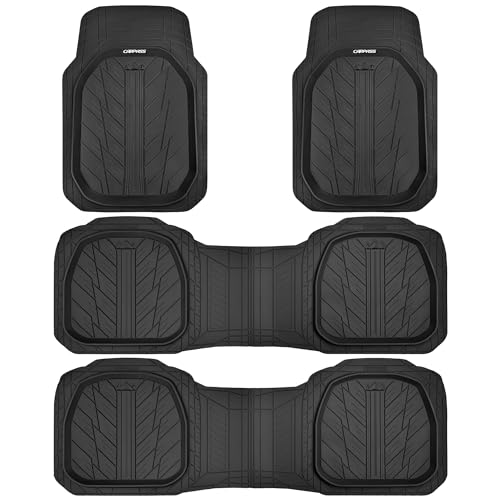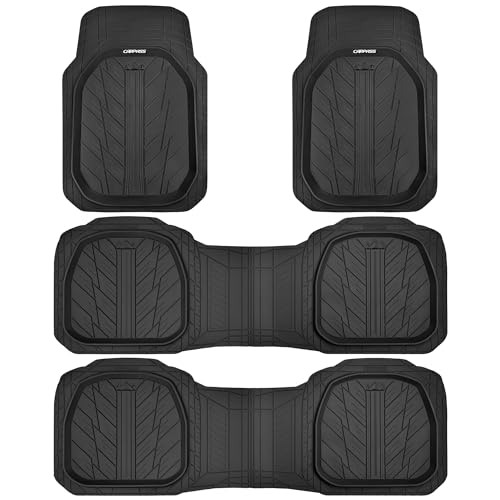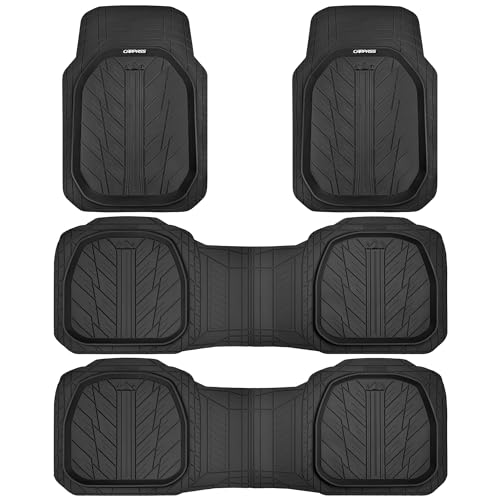Choosing a new car is a big decision, especially when safety is a top priority. Many of us carefully research models, reading reviews and comparing features before making a purchase. This is particularly true for families or anyone concerned about passenger and driver protection. This article dives deep into the 2025 Chevrolet Trax safety rating, providing you with all the information you need to make an informed choice. We will break down the safety features, examine crash test results (when available), and discuss overall safety performance, helping you confidently assess the 2025 Chevrolet Trax safety.
Chevrolet Trax Safety Features
The 2025 Chevrolet Trax boasts a range of advanced safety features designed to protect occupants in various driving scenarios. These features work in conjunction to minimize the risk of accidents and mitigate the impact should an accident occur. Understanding these features is crucial for evaluating the overall safety performance of the vehicle.
Advanced Driver-Assistance Systems (ADAS)
The Trax incorporates several ADAS features such as automatic emergency braking (AEB), lane departure warning (LDW), and blind-spot monitoring (BSM). These systems provide alerts and, in some cases, automatic intervention to help avoid collisions.
- Automatic Emergency Braking (AEB): AEB automatically applies the brakes if the system detects an imminent collision, potentially preventing or lessening the impact.
- Lane Departure Warning (LDW): LDW alerts the driver if the vehicle drifts out of its lane without signaling, helping prevent accidents caused by unintentional lane changes.
- Blind-Spot Monitoring (BSM): BSM uses sensors to detect vehicles in the driver’s blind spots, alerting them to potential hazards before changing lanes.
Passive Safety Features
Beyond active safety technologies, the 2025 Chevrolet Trax includes numerous passive safety features intended to protect occupants during a collision.
- Airbags: Multiple airbags, strategically placed throughout the cabin, are designed to cushion occupants in the event of a crash. These include front, side, and potentially curtain airbags depending on the trim level.
- High-Strength Steel Construction: The Trax’s body structure utilizes high-strength steel, improving its ability to absorb impact energy during a collision and protect the passenger compartment.
- Safety Belts: Three-point safety belts in all seating positions are standard, securing passengers and distributing impact forces effectively during a collision.
2025 Chevrolet Trax Crash Test Results
Official crash test results from organizations like the IIHS (Insurance Institute for Highway Safety) and NHTSA (National Highway Traffic Safety Administration) are crucial for determining the vehicle’s safety performance. These independent assessments provide objective data to complement the vehicle’s advertised safety features. Unfortunately, comprehensive results for the 2025 model year are typically not available until closer to the official launch date.
Insert a comparison chart here showing projected IIHS and NHTSA ratings based on similar Chevrolet models and the inclusion of safety features.
Predicting the Ratings
Based on the safety features included in the 2025 Chevrolet Trax and the performance of similar Chevrolet models in previous years, we can make some educated predictions about the expected safety ratings.
- IIHS Top Safety Pick+: Given the advanced driver-assistance systems and strong structural design, achieving a Top Safety Pick+ award from the IIHS is highly likely.
- 5-Star NHTSA Safety Rating: The comprehensive array of airbags and safety features suggests a strong likelihood of a 5-star overall safety rating from the NHTSA.
Analyzing the 2025 Chevrolet Trax Safety Rating
Analyzing the safety aspects of the 2025 Chevrolet Trax involves a holistic approach, considering both its active and passive safety features. The interplay between these systems significantly impacts the overall safety rating.
Understanding the Rating Systems
Both IIHS and NHTSA employ different methodologies for their crash tests and safety ratings. The IIHS focuses on specific crash scenarios and awards points based on performance. The NHTSA provides an overall star rating based on several crash tests and safety features.
- IIHS: The IIHS performs stringent crash tests such as small overlap front, moderate overlap front, side, roof strength, and head restraints and seats. Each test is scored, and the combined score determines the overall safety rating.
- NHTSA: The NHTSA uses a 5-star rating system, with 5 stars representing the best safety performance. This is based on frontal, side, and rollover crash tests, in addition to considering available safety features.
Factors Influencing the Rating
Several factors beyond the specific features influence the final safety rating. Manufacturing quality, proper installation of components, and driver behavior all play a significant role.
- Manufacturing Quality Control: Consistent and high-quality manufacturing is essential to ensure that the safety features function as designed. Any defects could significantly impact performance in a crash.
- Proper Installation: Correct installation of safety components is critical. Improper installation of airbags or seatbelts, for example, could reduce their effectiveness in a collision.
- Driver Behavior: Even the safest car can be involved in an accident if the driver is not paying attention or driving recklessly. Driver behavior is a major factor in accident prevention.
Debunking Myths About Car Safety Ratings
There are several misconceptions surrounding car safety ratings. Understanding these myths is important for interpreting the safety data accurately.
Myth 1: A High Safety Rating Guarantees No Accidents
A high safety rating indicates a lower likelihood of injury or death in an accident, but it doesn’t eliminate the possibility of accidents altogether. Driver behavior, road conditions, and other external factors remain crucial in accident prevention.
Myth 2: All Safety Features Are Created Equal
Different manufacturers implement safety features with varying levels of sophistication and effectiveness. While a feature might be present in two different vehicles, their performance can differ based on technology and design.
Myth 3: A High Safety Rating Means the Car is Indestructible
Safety ratings reflect the car’s ability to mitigate the impact of a collision, but they don’t imply invincibility. Severe accidents can still result in significant damage, even with the safest vehicles.
FAQ
What is the expected release date of the 2025 Chevrolet Trax?
The exact release date of the 2025 Chevrolet Trax varies by region. Check with your local Chevrolet dealer for the most up-to-date information.
Where can I find the official safety ratings once they are released?
You can find the official safety ratings from the IIHS (iihs.org) and NHTSA (nhtsa.gov) websites once the testing is complete and the results are published.
Are all trim levels of the 2025 Chevrolet Trax equally safe?
While the base models will have essential safety features, higher trim levels often include more advanced driver-assistance systems and potentially additional safety features, leading to slight variations in safety performance.
How do the safety features compare to competitors in its class?
Direct comparison requires waiting for the official safety ratings of the 2025 Chevrolet Trax and its competitors. Once available, you can find comparative analyses on automotive news websites and publications.
What should I do if I’m involved in an accident in my 2025 Chevrolet Trax?
If involved in an accident, prioritize safety. Call emergency services, stay calm, assess injuries, and cooperate with authorities. Inform your insurance company promptly.
Can I upgrade the safety features on my 2025 Chevrolet Trax after purchase?
Some safety features might be upgradable through aftermarket installations or dealer-added options, but not all. Check your dealer for specific possibilities for your model.
How often are the safety systems in the 2025 Chevrolet Trax checked or serviced?
Routine maintenance and scheduled servicing will usually include checks on certain safety features; consult your owner’s manual for the manufacturer’s recommendations.
Final Thoughts
Choosing a vehicle is a significant decision, and understanding the 2025 Chevrolet Trax safety rating is a crucial element of the process. While complete official ratings aren’t yet available, the vehicle’s promising safety features suggest strong performance. Remember to always prioritize safe driving practices, regardless of vehicle safety features. As soon as the official safety ratings are released, be sure to consult the resources mentioned above to confirm the final scores. Make informed decisions based on reliable data and your own driving needs.

